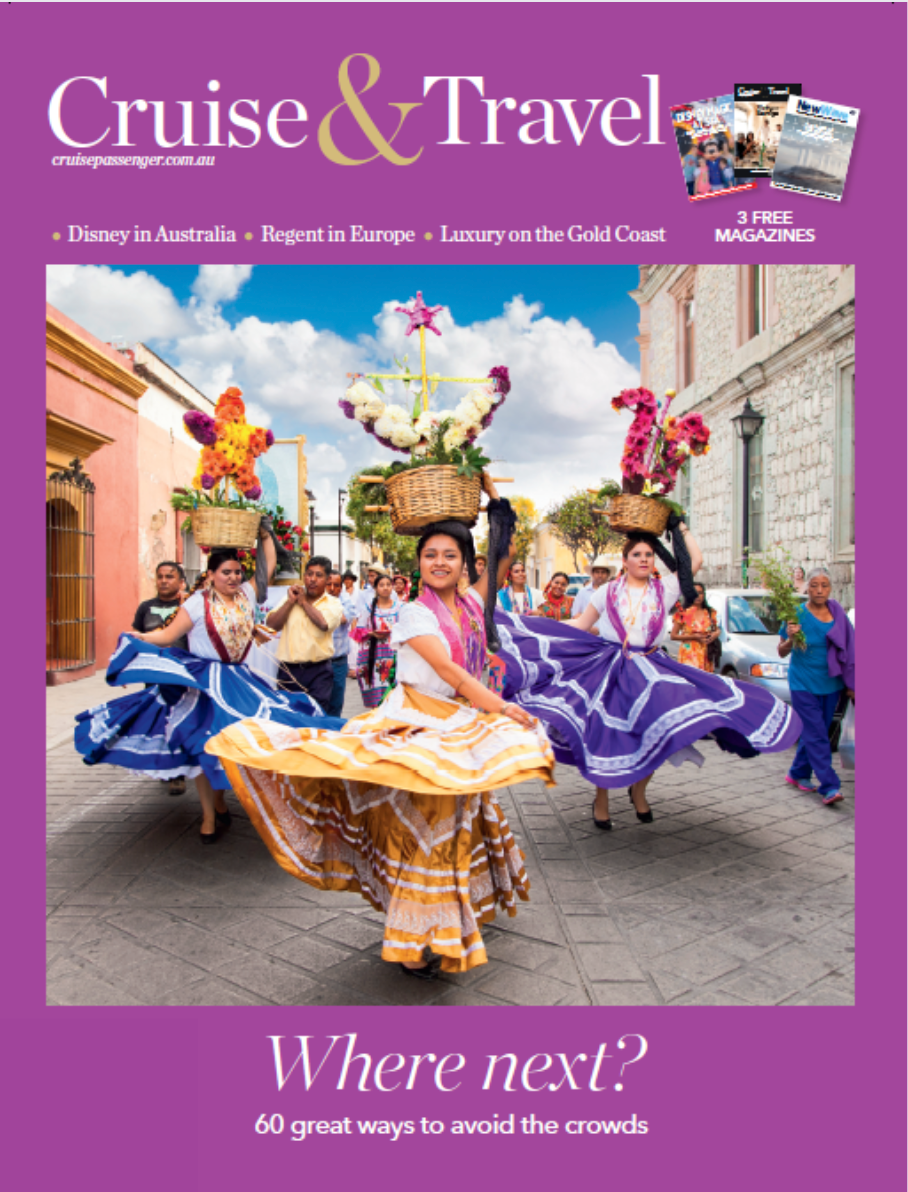Pandaw’s Indian river mishap – founder says “the tour guide panicked”
The found of Pandaw, the SE Asian river cruise company, has responded to an article on River Cruise Passenger in which European Editor Sue Bryant told how her ship collided with a bridge.
In a long statement, Paul Strachan maintains: “No one said going back into India would be easy.”
Ms Bryant’s article maintained the Kindat Pandaw collided with a bridge and passengers were put ashore and then had to leave the vessel.
https://rivercruisepassenger.com.au/how-i-ended-up-on-the-river-bank-after-a-nightmare-india-cruise/
In his statement, Mr Strachan maintains: “On the Upper Ganges challenges abound: one moment too much water and the next too little; groundings on sand banks are frequent; promised openings of pontoon bridges to allow us to pass can cause considerable delays.
“This is not like cruising on the Rhine or Rhone, waterways with controlled flows and regulated levels. These are extreme rivers.”
And he adds: “For twenty-five years Pandaw have specialised in remote river expeditions. These are intended to be adventurous. It is what we do. To reinforce this we have very clear messages on our website warning passengers about the challenges ahead: groundings are every day events; that if there is too much or too little water the voyage may be curtailed and land arrangements made to make connections.”
On the River Cruise Passenger article, which also appeared in the London Sunday Times, he says: “Last week we received some very negative press coverage from a journalist travelling as our guest on the Kindat Pandaw on the Upper Ganges and in the UK an article appeared in the Sunday Times over a collision with a bridge.
“Following our investigation, which has included interviews with the master and other key crew members, we have established that that the ship accidentally bumped into a pontoon or floating bridge that was about to be opened to allow passage through.
“The hull was holed above the waterline with a gash of about 20cm and a very small amount of water entered the sealed hull compartment. Bilge pumps were immediately activated.
“These ships are designed to cope with water ingress and have water-tight bulkheads and bilge pumps. Collisions on busy waterways do occasionally happen, usually with other vessels, and crew can temporarily patch any hole in a moment using patch kits we carry on our ships.
“In this case the tour guide, who is a freelancer, panicked and ordered the evacuation of the ship. This should have been the master’s decision not the guide’s.
“It could be argued that this was a correct precautionary measure, but it was a complete overreaction. It caused considerable distress for the passengers. For this we can only apologise. What was a relatively minor incident quickly became a drama. We are really sorry that the passengers had this experience.
“Learning from this experience, we are working with our Indian partners on improving crew training to ensure such a panic does not happen again and that there is a clear chain of command.
“We are also revising the Upper Ganges itinerary to avoid the section with the pontoon bridges and will transfer passengers overland for the final leg between Ghazipur and Varanasi.”
Mr Strachan said his company had a strong safety record.
“A common comment on passenger feedback is the excellent seamanship of our river masters. Other than one minor incident eighteen years ago in Vietnam (when we hit a fish farm), we have never made an insurance claim, nor have we ever been sued by anyone, and only once ever evacuated a ship as a precaution when we had a cyclone warning on the Chindwin, and that was many years ago.”
He added that the best way to see India was by river. “To get our ships there running to the standards of what we do in Myanmar, Laos, Cambodia or Vietnam will take time but I have complete confidence in our Indian partners and know that with the support and encouragement of our Pandaw regulars it will not be difficult.”


